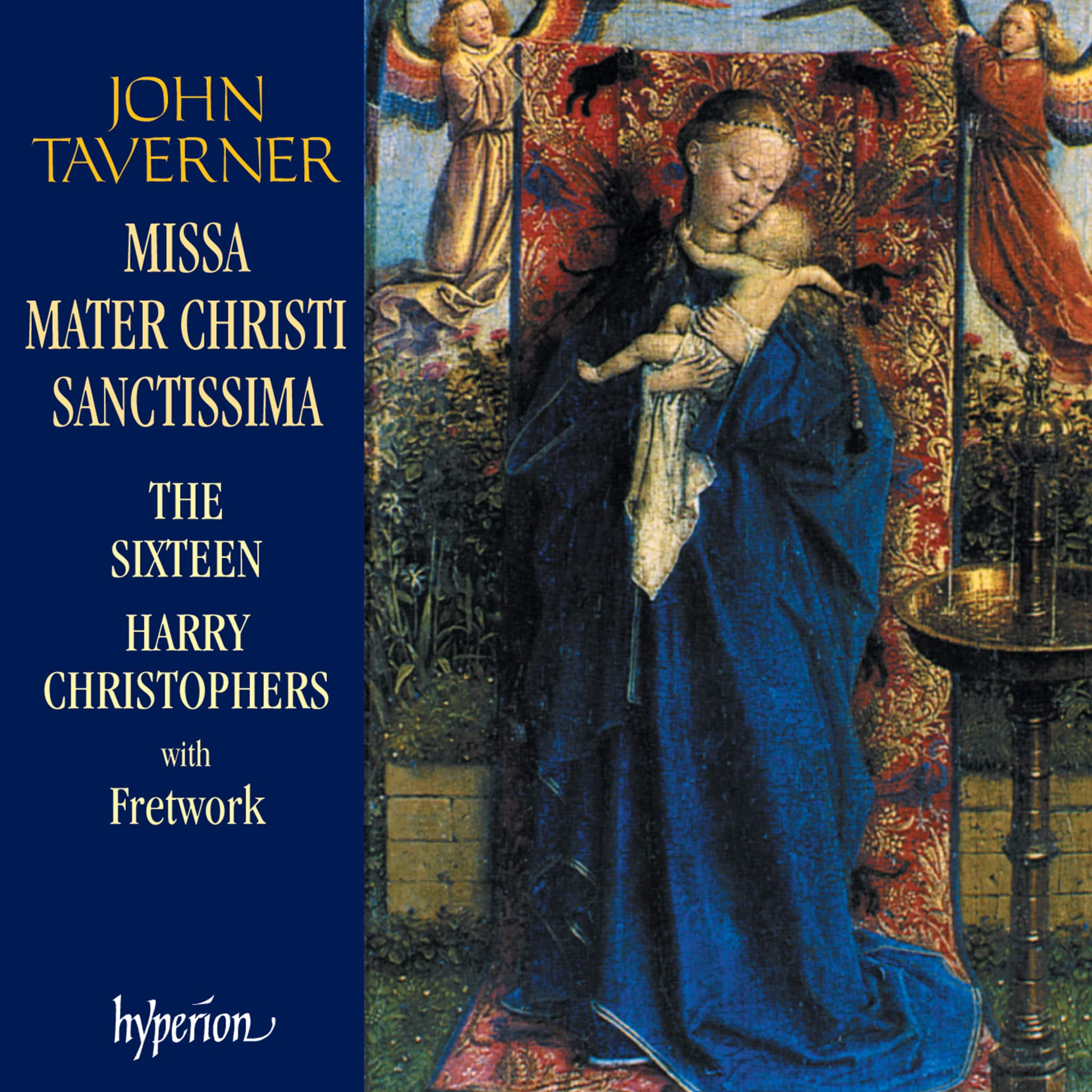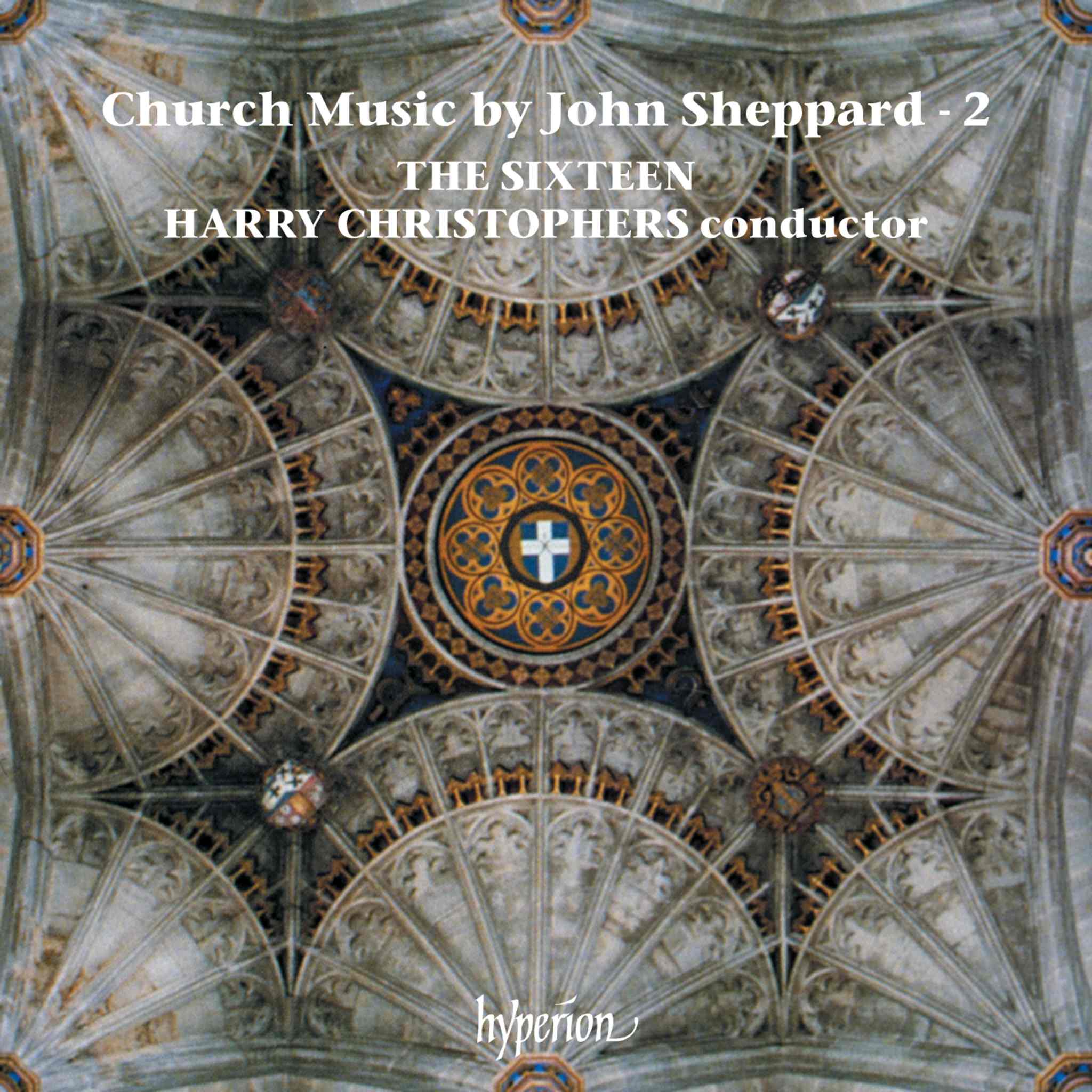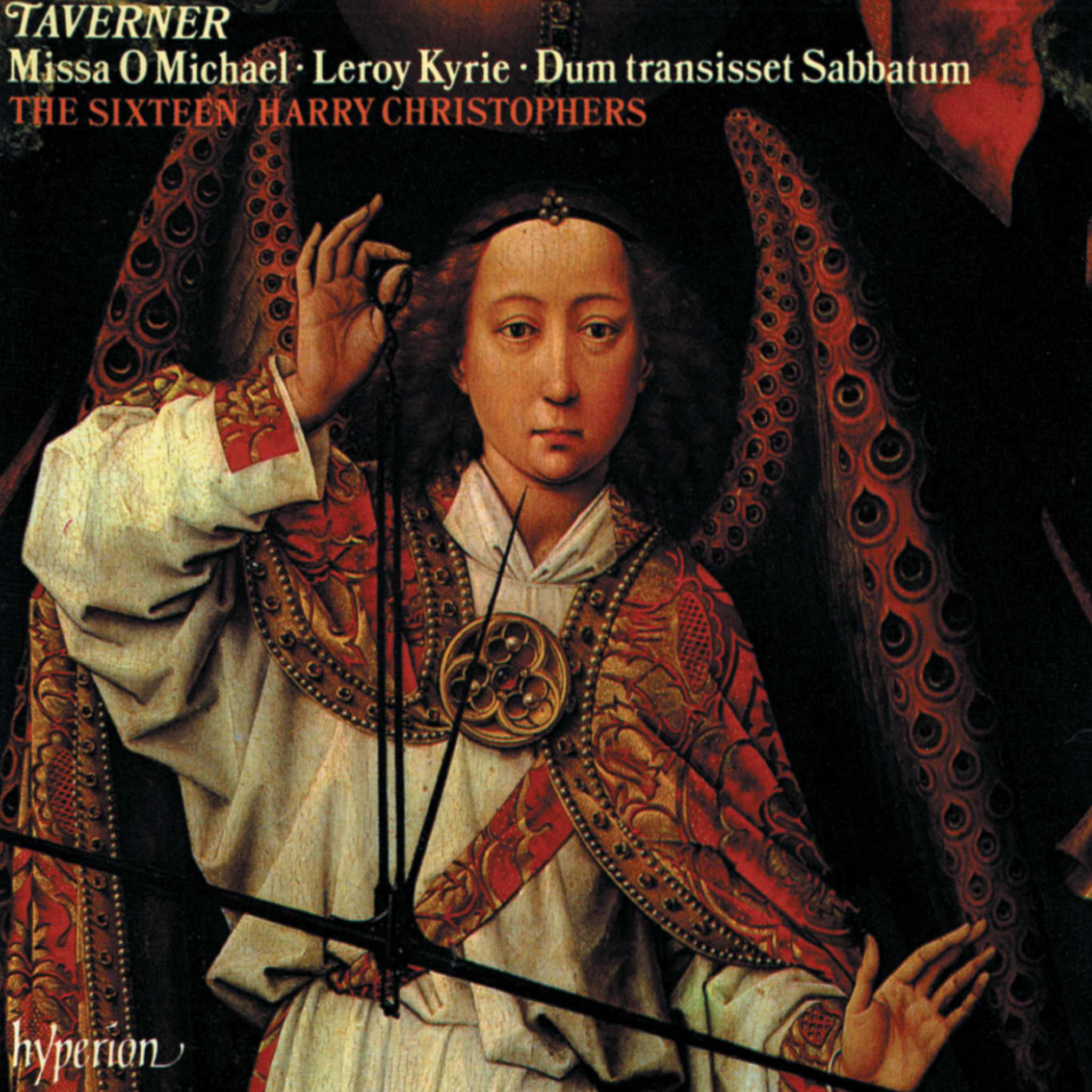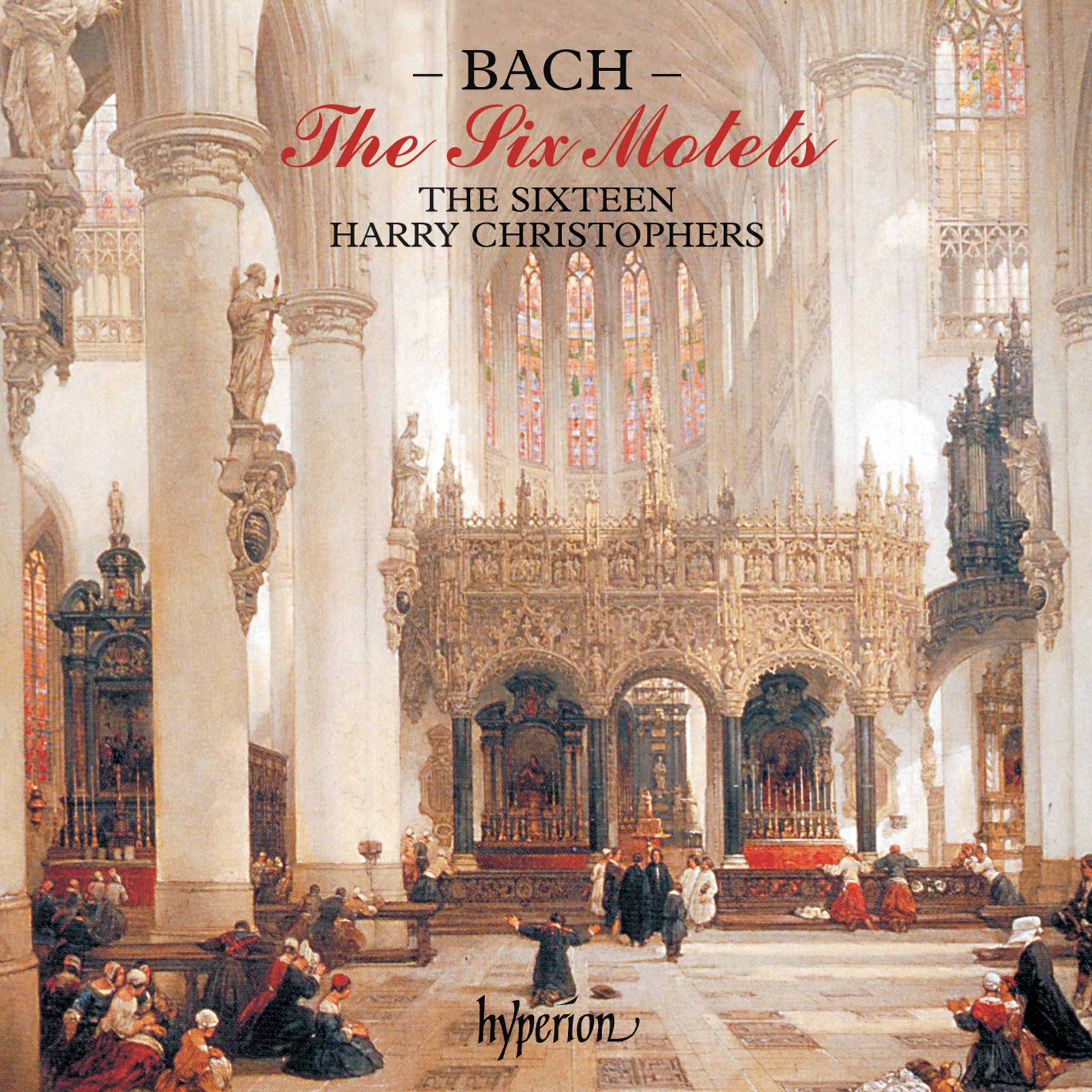Album insights
Sergei Taneyev (1856-1915) and Rimsky-Korsakov were both esteemed composition teachers and composers who benefitted greatly from their interactions with Tchaikovsky. Taneyev, a brilliant pianist and favorite student of Tchaikovsky, maintained a lifelong friendship with the renowned composer. Unlike the nationalistic-minded composers of "The Five," who mostly avoided Tchaikovsky due to Balakirev's reservations about his Western musical education, Rimsky-Korsakov reached out to seek Tchaikovsky's advice on musical matters, given that he was already teaching composition and orchestration at the St. Petersburg Conservatory.
Equally exceptional was Sergei Taneyev's distinct approach to composition. Unlike peers such as "The Five" or later followers, Taneyev showed limited interest in using folk music as a foundation for composition. His conservative tastes leaned towards the polyphony of the Renaissance or Bach's counterpoint, showcasing meticulous and technically masterful compositions largely devoid of overt nationalism. Despite aesthetic differences, Taneyev maintained friendly relations with "The Five" and their students, even contributing by collecting Kabardian folk songs in the Caucasus. His deep-rooted style drew inspiration from Renaissance and Baroque music, as well as from Beethoven, Schumann, and Brahms.
From an early age, Sergei Taneyev displayed exceptional musical talent, commencing piano lessons at five and becoming a student at the Moscow Conservatory before his tenth birthday. Beginning composition studies with Tchaikovsky in 1871, Taneyev and Tchaikovsky's bond solidified into a lifelong friendship, with Tchaikovsky dedicating his symphonic poem "Francesca da Rimini" to his gifted student.
Taneyev's correspondence with Tchaikovsky spanned over two decades, characterized by candid exchanges on their respective works. Taneyev, unafraid to critique, once expressed concerns about the lack of action in "Eugene Onegin," triggering a poignant response highlighting Tchaikovsky's emotional investment in his opera. While Tchaikovsky found Taneyev's aversion to ballet-like elements in his Symphony No. 4 perplexing, their intellectual exchanges showcased mutual respect and camaraderie, ultimately leading Taneyev to arrange Tchaikovsky's "Pathétique" Symphony.
Sergei Taneyev's eclectic interests extended beyond music; he forged friendships with Leo Tolstoy and his wife, Sonia, embracing cycling and Esperanto at Tolstoy's behest. Tolstoy's misgivings about Taneyev's close relationship with Sonia stemmed more from his jealousy than any impropriety. Taneyev's lifelong devotion to music manifested in rigorous work ethics, elaborately documented by his colleagues, with a notable emphasis on meticulous preparation that sometimes resulted in academically refined, inspiration-lacking compositions.
Taneyev's Piano Trio in D Major, Op. 22, completed in 1907, stands as a testament to his expressive prowess and distinctive musical voice. Evoking echoes of Tchaikovsky's trio structurally, Taneyev's work presents harmonic richness, confident musicality, and adept contrapuntal displays. Alexander Gretchaninov, a former student of Rimsky-Korsakov and Taneyev, received the dedication for this trio, conveying a blend of lyricism and intricate harmonic exploration across the piece's nuanced movements.
Contrasting Taneyev's approach, Rimsky-Korsakov grappled with his composition, a C Minor Piano Trio, ultimately downplaying its potential. Involving a complex interplay of melodies and styles, Rimsky-Korsakov's trio, though initially dismissed by the composer as unsuitable for publication, held intrinsic charm evident to his son-in-law Maximilian Steinberg, who saw the work to completion and attested to its allure and thematic richness.
The first movement, an expansive and somber Allegro in C Minor, exemplifies a dominant cello melody transitioning into a lighter secondary theme in E-flat Major. The subsequent Allegro, set in C Major, offers a whimsical contrast, characterized by Schumann-esque capriciousness tinged with Russian flair. The Adagio, in A Major, unveils a sequence of chromatic piano chords, delicately intertwined with expressive strings, culminating in a rich tapestry of melodic expression and contrapuntal finesse, ultimately resolving into a serene conclusion.
Refinement through meticulous preparation and contrapuntal finesse define Rimsky-Korsakov's and Taneyev's approaches to composition, emphasizing harmonic complexity and structural exploration while imparting distinct musical identities unto their works.








